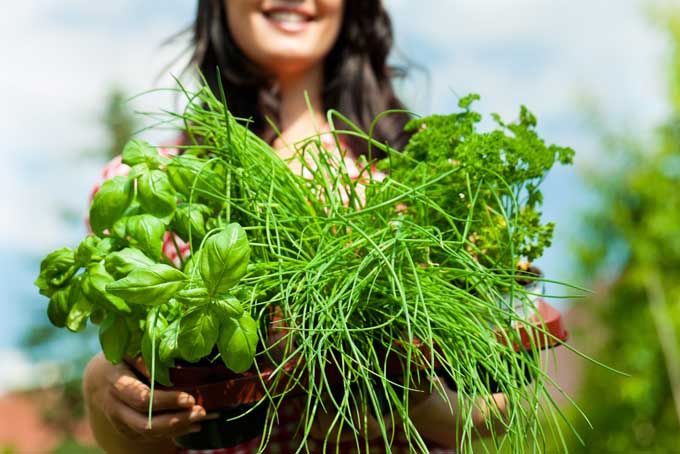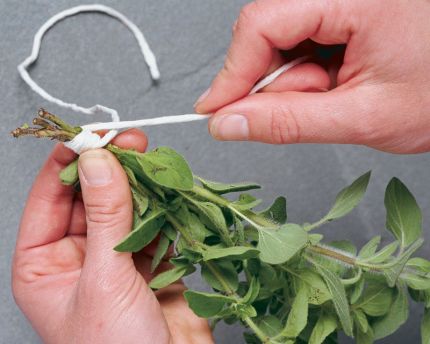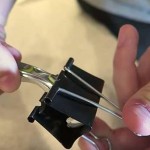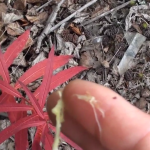
Cutting fresh herbs and then drying them is not a complicated process. However, it’s important to be mindful of a few things in order to ensure that they remain as fresh as possible while preventing the formation of mold or other impurities. Follow the simple steps outlined below, and you can have a steady supply of herbs on hand for cooking, air freshener or a handful of other common uses around the house.
Cutting the Herbs

The first step is to find the best time to cut and process the herbs. Obviously, you want to choose herbs that are at their peak during the growing season. You also want to choose bunches that are healthy and in excellent condition. Generally speaking, you want to cut the stems of the herbs near the base or branch of the plants. Don’t worry about picking individual pieces off of the stems now, because that will impact their flavor and ability to dry properly. It is also generally accepted that the best time to cut herbs is in the early morning, but this isn’t a requirement that is set in stone.
Once you have your bunch of fresh-cut herbs in hand, place them in a glass of water just as you would put flowers in a vase. This will keep them healthy and fresh until you are ready to prepare them for drying.
Washing

The first step is to wash the herbs with water before you being to process them for drying. Place them in a bowl of fresh, cool water and gently move them around in order to remove dirt and debris without damaging the leaves. Remove from the water and place on a baking rack, some wire mesh that’s raised above the counter or on a large strainer. The idea is to allow them to drip-dry evenly while allowing them to remain intact on the stems. You can also gently pat them dry with a towel. However, this will not remove all of the water, and you should place them on some sort of rack to allow the excess moisture to drip away.
Binding

You want to bind a bunch of herbs of the same type together with some twine, thin metal wire or string. The best way to do this is by weaving the material between the main stem and the stalks of each branch so they are secured together. Tie off the material and make sure that you leave an extra inch or two hanging off of the end in order to have enough to hang them in the next step.
Hanging

Prepare a long piece of rope that is located in a sunny area of the house or outside. Hang it taut so that it won’t bend too much once the herbs are attached. The length of string or rope will depend on how many bunches of herbs you plan on drying at once. However, it’s important that you allow enough room so that the bunches are not crowded together.
A good rule of thumb is that you want an inch or two between each bunch, and measure this space from the bottom where they are most bushy. You can also hang individual bunches from a hook or nail as well, so a piece of rope is not necessary.
Make sure that you hang them in a location that will make it easy for you to remember to check them every day. This will help you to inspect the bunches for mold, rot or other forms of decay and prune as necessary.
All you need to do now is wait for the bunches to dry. The amount of time that it takes will vary depending on their thickness, the type of herb, the amount of moisture in the air and rate of evaporation from exposure to sunlight. Expect the herbs to take between one and two weeks to completely dry. You don’t want to remove, cut and store them until all of the moisture has been removed. Otherwise, the herbs can grow mold and rot during storage.
Once they have completely dried, you can either break them into smaller pieces, completely grind them down or leave them intact until they are ready to be used. Store in a clean and dry container that has an airtight lid or screw cap. Dried herbs can remain fresh and flavorful for months or even years.
However, you will notice a significant difference when using them sooner rather than later, so try and cut, dry and store herbs that you plan on using during the next few months. On that note, it is a good idea wait until the end of the growing season to process and store herbs for the winter months in order to maximize their freshness as well.














